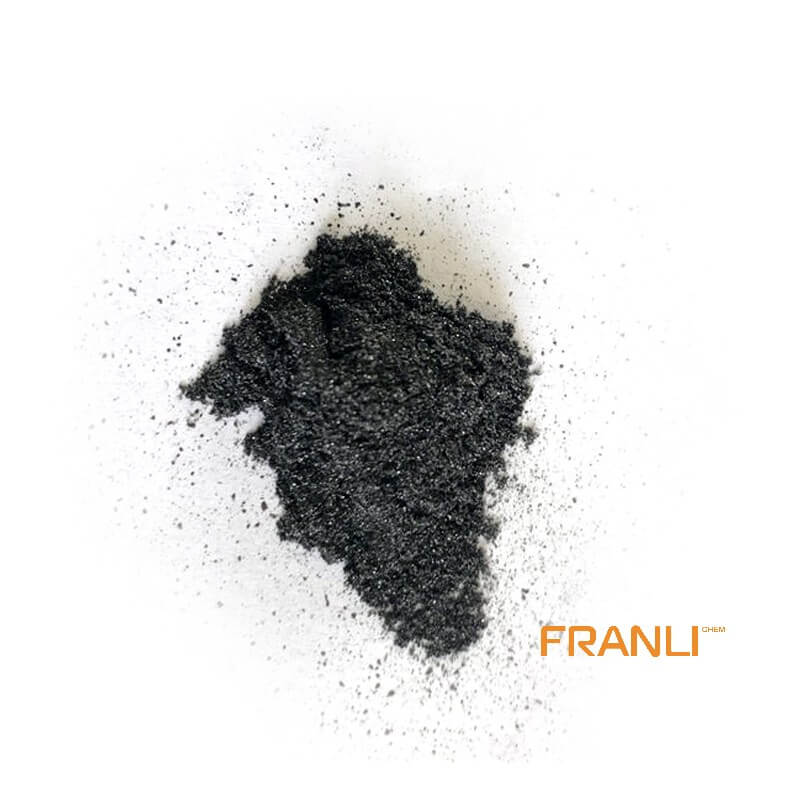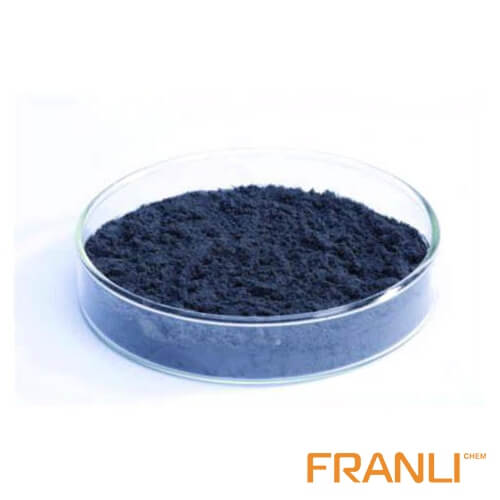


Expandable Graphite
Size
0.50mm or 0.106mm, etc
Package
25 kg small bags into ton bags
Origin
China
Features
Preservative/Electrical and thermal conductivity, etc.
Application
Fireproof sealing element, flame retardant, refractory brick, etc.
Expandable graphite crystal is a typical layered carbon material. Other heterogeneous particles such as atoms, molecules, ions, and even atomic clusters are inserted into the interlayer of crystalline graphite by physical or chemical methods to form a new layered compound, which is called graphite interlayer compound, namely expandable graphite.
Request a quote
Expandable graphite is widely used, and one of its impressive functions is to be used as a fireproof material. The advantages of using expandable graphite as fireproof material mainly include the following aspects:

1. Make flame retardant and antistatic coating
When the fine particles of expandable graphite are added to the ordinary coating, a better flame retardant and anti-static coating can be prepared, which can improve its high-temperature resistance and fire resistance, and play the role of fire prevention and anti-static.
2. Make fireproof and thermal insulation materials
The metal base layer is lined with an expandable graphite layer, a carbonized adhesive layer is arranged between the expandable graphite layer and the metal base layer, and the expandable graphite layer is covered with a carbonized protective layer. The service temperature is – 100 ~ 2000 ℃ It has corrosion resistance, high temperature, and high-pressure resistance.
3. Make a fireproof sealing strip
The expandable graphite material is mixed, vulcanized, and formed with rubber material, inorganic flame retardant, accelerator, vulcanizing agent, reinforcing agent, and filler to make various specifications of expandable sealant strips so that the expandable graphite can become an excellent sealing material for fire doors, fire windows, and other fields, and play a role in blocking the flow of cold smoke in a fire.
4. Made into flame-retardant material
At high temperatures, the expandable graphite expands rapidly and suffocates the flame. At the same time, the expanded graphite material is covered on the surface of the substrate to isolate the contact between heat radiation and oxygen. The acid radical inside the interlayer is released during expansion, which also promotes the carbonization of the substrate, so as to achieve good results through a variety of flame retardant methods.
Methods for preparing expandable graphite include chemical oxidation method, electrochemical method Gas-phase diffusion method (two-chamber method), mixed liquid phase method, melting method, pressurization method, explosion method, catalyst method, photochemical method, etc. among them, chemical oxidation method and electrochemical method are the most widely used preparation methods. The electrochemical method has attracted much attention in recent years because of its advantages of low environmental pollution, low cost, large treatment capacity, and acid recycling. Other synthesis methods have their own advantages and disadvantages At the same time, the synthetic objects are also different and are rarely used.

Chemical oxidation method: chemical oxidation method is a traditional method for preparing expandable graphite. In this method, natural flake graphite is evenly mixed with an appropriate amount of oxidant and intercalation agent, controlled at a certain temperature, continuously stirred, washed, filtered, and dried to obtain expandable graphite. There are many kinds of oxidants, The oxidants commonly used are solid oxidants (such as potassium permanganate, potassium dichromate, chromium trioxide, potassium chlorate, etc.) or some liquid oxidants with oxidizing properties (such as hydrogen peroxide, nitric acid, etc.). In recent years, it has been found that potassium permanganate is the main oxidant commonly used to prepare expandable graphite. Most intercalators are acid. In recent years, researchers have mainly focused on sulfuric acid, nitric acid, phosphoric acid, perchloric acid, mixed acid, and glacial acetic acid.
Electrochemical method: electrochemical method takes the aqueous solution of the insert as the electrolyte under constant current, Graphite and metal materials (stainless steel, platinum plate, lead plate, titanium plate, etc.) form a composite anode, and insert metal materials into the electrolyte as cathodes to form a closed circuit; or suspend graphite in the electrolyte, insert cathode and anode plates in the electrolyte at the same time, and conduct anodic oxidation by energizing the two electrodes. In recent years, an electrochemical method has gradually become a popular enterprise with many advantages It is the preferred method for preparing expandable graphite.



